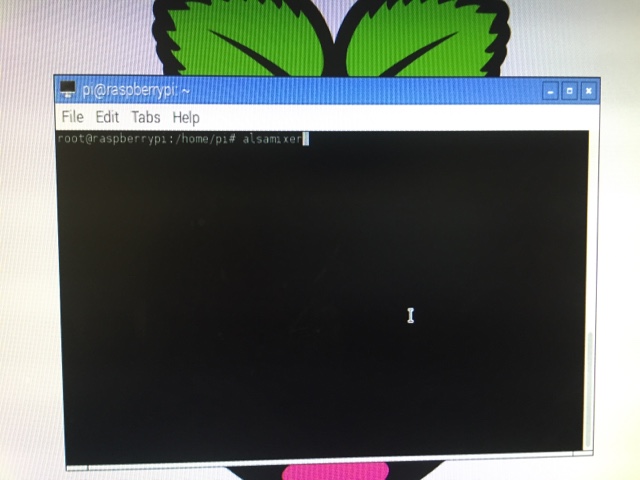Chertsey
Radio Club Buildathon 2017
Diplexer for 144 & 430
Mhz
Welcome to
the Chertsey Radio Club second buildathon.
This project, though simple,
does present some constructional challenges. The kit contains mainly surface
mount components (known as SMD's), which are extremely small and easily lost or
incorrectly identified. Below is a list
of essential items you will need to build the kit.
A clear well lit work area
18-25w soldering iron with
fine or needle tip.
60/40 Resin cored electronics solder for SMA
connectors
Surface Mount Device Solder
(Available Online)
Blue Tac or White Tac to fix
the PCB in place when soldering
A pair of fine tweezers to
hold SMD's
A good magnifying glass or
jewellers loop
Set of Helping Hands or
small clamp (when soldering SMA
connector)
Multimeter to check
continuity
Surface mount solder is
essential. It will be extremely difficult to build this kit without it. It is a grey paste, usually supplied in a
syringe and contains a mix of powdered 60/40 lead solder mixed with a sticky flux.
The advantage of this will quickly become apparent as the SMD contact pads on
the PCB are not big enough to work with solder wire. This way the solder can be
applied in advance, and will only require a touch from the iron for the component
to take.
The diplexer
is rated with a peak power handling of 10w.
It is ideal for use for use
with small yagi type antennas and for satellite work.
Notice the board in the middle of the picture....
Kits ready to be shipped out
Here are the first 10 Kits ready to be shipped out.
Macro shots of the SMA connectors
Macro of the tiny inductor compared to a UK 5P coin !
Marco of the PC Board.
Another macro of the Inductor next to a UK 5 Pence coin.




























